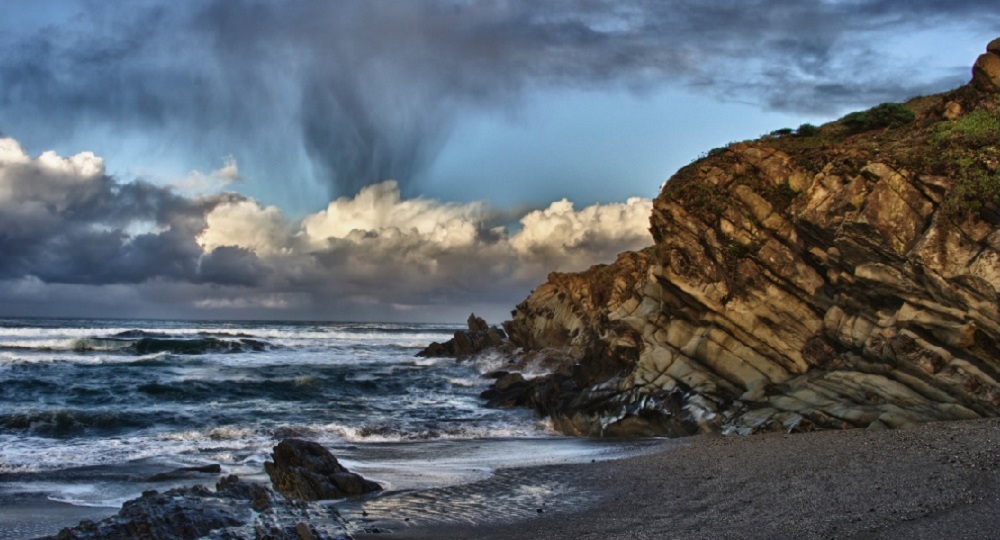First Peoples

While oral traditions speak of people from the dawn of time on the coast, little archaeological evidence is known about the Paleo- Indians of coastal Central California. By 11,000 years ago, the generally accepted date of earliest human habitation, sea level was already rising. But people may have come earlier, and evidence of that now lies in waters as deep as 300 feet. The Paleo- Coastal people may have either lived in the near-shore environment or lived inland and traveled to the shore to hunt marine mammals. In order to learn the nature of Paleo-Coastal habitation on the exposed late-Pleistocene/Holocene continental shelf, geophysical studies and prehistoric site modeling should be developed based on previously published regional archaeological assessments. Site prediction and sediment sampling would establish previous shorelines and relict landforms. Any cultural material would be of extreme significance.
Toay, there are three federally recognized tribes along the coastline of the expanded Greater Farallones sanctuary:
- Kashia Band of Pomo
Indians
During the celebration event in Gualala on June 28, 2015, Kashia elders shared a name for the sanctuary,"Ahqa Pilili walli." This translates to "The place of churning water." Listen to an audio recording of the Kashia name by tribal member, Eric Wilder.
- Manchester Band of Pomo Indians
- Federated Indians of Graton Rancheria (Coast Miwok & Southern Pomo)

